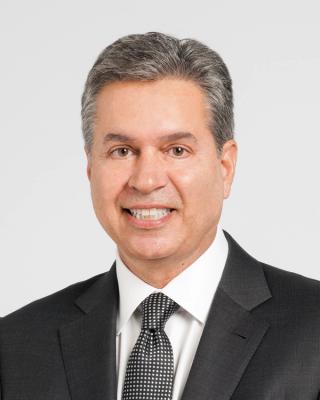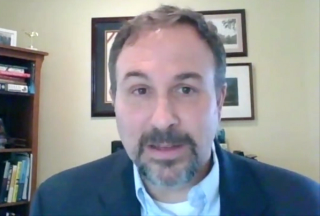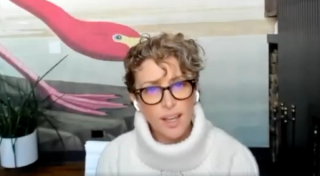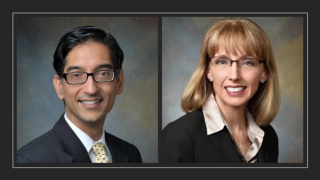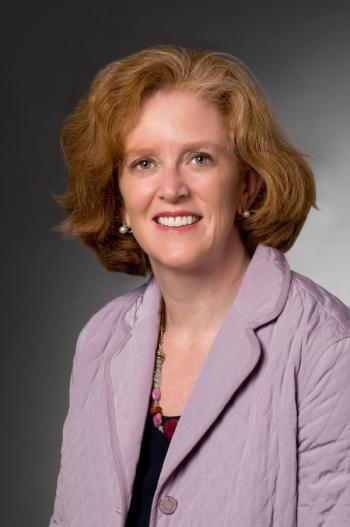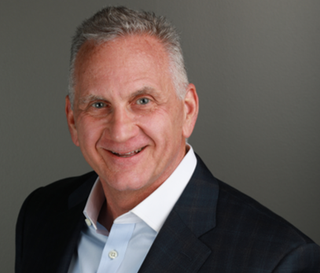
Industry Analysis
Latest News
Latest Videos
Podcasts
More News
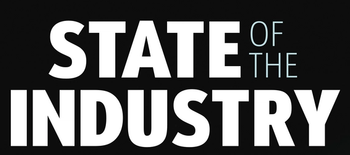
We conducted our annual State of the Industry survey in the early part of November 2023. The survey had 432 respondents, of whom 56% self-reported working for a payer organization (pharmacy benefit manager, insurer or self-insured employer), 34% for a provider organization and the remainder for government or an unspecified “other” category.

Laws since 1996 have sought to assure that coverage of behavioral health treatments does not take a back seat to physical medicine. Amid a national crisis in mental illness and addiction, that new world of equality has not arrived. But is it on the way?

Payers and hospitals are at odds over proposals that would level out payments to hospital outpatient departments and physician offices.

Audits and AI might help deal with the problem of woefully inaccurate provider directories supplied by insurers to their members.

As the Federal Trade Commission weighs a ban, hospitals and some physician organizations are on opposite sides of the issue.

The track record on outsourcing clinical services is mixed.

Three hot topics to keep an eye on for the remainder of this year and into 2024. This is the second part of a two-part series.

Three hot topics to keep an eye on for the remainder of this year and into 2024. This is the first part of a two-part series.

Eric Hunter, MBA, has been president and CEO of CareOregon, a 500,000-member Medicaid managed care organization, since 2016. This interview was conducted in May for Managed Healthcare Executive’s monthly “What’s On Your Mind” podcast.
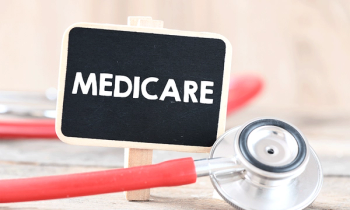
Medicare households spent an average of $6,557 on healthcare, accounting for 15% of their total household spending ($44,686), while non-Medicare households spent $4,598 on their healthcare, accounting for 7% of their total household spending ($67,769).

Emissions from healthcare facilities contribute to climate change, and climate change, in turn, is presenting new challenges for healthcare.


According to a report conducted by the Centers for Medicare and Medicaid Services (CMS) Office of the Actuary (OACT), researchers project healthcare spending growth to pick back up and reach $7.2 trillion by 2031.

Experts say the successes and failures of alternative payment models (APMs) over the past decade have taught us a few things.
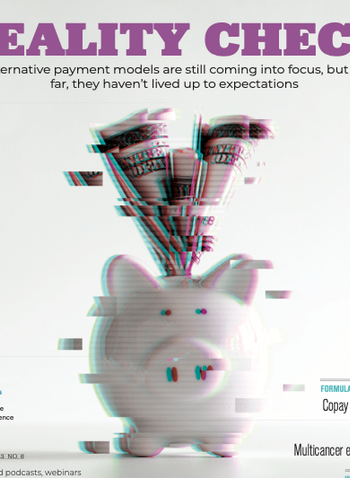
Alternative payment models are still coming into focus, but so far, they haven’t lived up to the high expectations.

The company paved the way for prescription digital therapeutics.

Iowa's Department of Health and Human Services, which manages the two health insurers that delivered care to adults and children in the state’s Medicaid program last year, was alleged to provide inadequate mental and behavioral health care to children on Medicaid.

Since 2017, two lawsuits and two state audits have cast a harsh light on Medicaid managed care, which served 845,000 adults and children at a cost of almost $6 billion last year.

The theory behind smishing is similar to that of phishing. The difference is that smishing happens via a person’s smartphone.

There are many reasons the ransomware problem has been hard to stop. One reason is that ransomware is good business. A 2021 U.S. Treasury Department identified more than $5 billion worth of outgoing bitcoin cryptocurrency payments it suspects may have been related to ransomware attacks.

Anesthesiologists and emergency department physicians have formed organizations to push back against the firms.

The COVID-19 pandemic normalized telehealth. Now an increasing number of insurers are offering virtual-first plans that make virtual care the default choice.

The average annual healthcare spending for people with employer-sponsored insurance spending increased to $6,467 in 2021 from $5,630 in 2020. Per person healthcare spending increased 15% in 2021, following a 4% decrease in 2020.
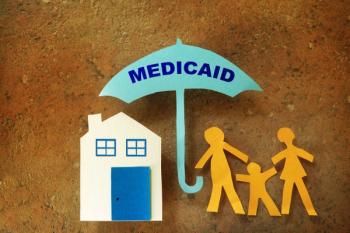
Millions of people may lose coverage when continuous enrollment ends in May. But tens of thousands may be added back, thanks to a federal judge’s ruling.

Less government oversight, a sense of urgency and the rise of telehealth created new openings for healthcare scam artists. Providers need to have their guard up.






